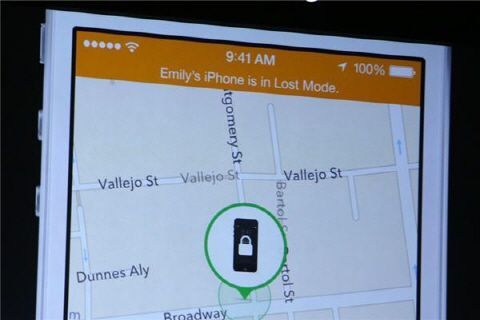
- Line Corp.
- Line’s Global Chief of Strategy and Marketing Jun Masuda
Japan’s Line Corp. is targeting about a half a billion youngsters in India whose lives revolve around their smartphones and are always on the lookout for smarter and affordable ways to communicate with their peers.
Line was born in the communications breakdown after Japan’s tsunami and earthquake and has expanded worldwide,as users became drawn to features like virtual stickers that bring some humor to instant messages.
Line was developed by NHN Japan Corp., the unit of Seoul-based NHN Corp., which operates South Korea’s dominant search engine called Naver. Line’s messaging app has already drawn 200 million users since its launch, the company said Tuesday.
The Wall Street Journal spoke with Jun Masuda, Line’s chief strategy and marketing officer, who says the company aims to be an Asian alternative to popular U.S.-based social networking services such as Facebook Inc., Twitter Inc. and photo sharing services Instagram, now part of Facebook. Edited Excerpts:
WSJ: Give us an update on your business and how many users you are targeting.
Mr. Masuda: We already have 200 million users. We would like to reach 500 million to 1 billion users, if possible, and as soon as possible. I think we can easily reach 300 million users (by end of March 2014). What we are talking about is the registered number of users. Downloads are many and we don’t count that. Out of the total number of users 30% comes from Japan and the rest is from outside with the majority coming from Taiwan, Thailand, Spain and Indonesia.
WSJ: How will Line compete in markets where there are already powerful incumbents in the messaging category? There’s Tencent’s WeChat in China and KakaoTalk in South Korea.
Mr. Masuda: Tencent in China and KakaoTalk in South Korea are both very strong in their own countries. Of course, like us, they are also going to international markets, but I think we have been able to fare much better. We have our maximum users outside Japan, whereas the other two, their internal domestic users are 70% and for us, it is 30% . Wherever we go, we localize the content.
WSJ: How is Line doing in India? Is India still a nascent market for messaging apps given that smartphone penetration is still relatively low?
Mr. Masuda: We officially launched in India on July 1 and we already gained five million users only in three weeks. India is one of the largest mobile-phone markets. That’s why I think it’s a pretty good market to be in. That’s why we thought we would like to enter the Indian market and so far, I can say that we are successful.
WSJ: You have been expanding the services that you offer in addition to basic instant messaging – like games and news. Is that how Line wants to differentiate itself from WeChat and WhatsApp?
Mr. Masuda: Our platform is not about being a simple messenging platform. We have a lot of other services which we offer, and it is built in within the platform. Even in India we would like to offer games and news and many other features. We have already launched games in the local Indian languages.
WSJ: Where are you looking at next in terms of expansion?
Mr. Masuda: There are other countries we want to expand next like Africa, Russia, Middle East, and South America.
WSJ: Is Line profitable? If not, how will you make it profitable?
Mr. Masuda: We haven’t publicly published our financials. For the January-March quarter, we had 5.8 billion yen ($58.1 million) in sales. This was the first time we were profitable, before that we weren’t. Whatever we get, we have reinvested again in the company to get more users.
WSJ: What will be Line’s major sources of revenue?
Mr. Masuda: There are three revenue streams. One is we sell (virtual) stickers and then we sell game items. And third is we get money from the corporations – we have sponsored accounts. When a service like Line becomes very popular, then there are lots of companies, lots of professionals, there are lots of artists who would like to make use of that. They want to have their official accounts so that they can reach their fans, their users and consumers. For that we have official accounts, they pay us to have accounts. We sell that space for a monthly subscription fee of about 3.5 million yen per month. We have about 100 companies that have such accounts globally.
WSJ: Your strategy is being an Asian alternative to Facebook, how is that strategy panning out?
Mr. Masuda: Facebook and Line are like two sides of the same coin, that’s how I see it. Facebook is an open space where you can meet anybody and everybody. But it is a trend now, that almost all the users who have been on social networks, they are kind of tired of it. The reason is because it is too open. Line is the other side of the coin, it is similar but closed. Line is about being connected to people whom you are connected on a daily basis, and you are trying to have better relations. These are the people who matter in your life and the Line objective is to have a happier, richer communication with those set of people.
Follow Jai on Twitter @jaikrishna
![[image]](http://si.wsj.net/public/resources/images/PJ-BP481_YHEALT_F_20130722192003.jpg) Andrew Roberts
Andrew Roberts











![[image]](http://si.wsj.net/public/resources/images/MK-CE816_NAME_G_20130717172659.jpg) Claudio Papapietro for The Wall Street Journal
Claudio Papapietro for The Wall Street Journal